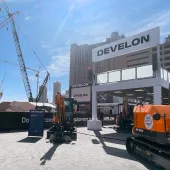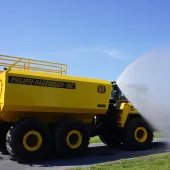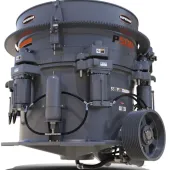Stoneco donate former quarry to Ducks Unlimited

Company contributes land worth US$2.1 million to help support wildlife conservation efforts
STONECO, an Oldcastle Materials company, have donated a 262-acre former sand and gravel quarry near Ann Arbor, in Washtenaw County, Michigan, to Ducks Unlimited to help support wildlife conservation efforts.
The donated land, which has been appraised at US$2.1 million, was active quarry until 2014 and has since been undergoing a reclamation process. The area is said to have tremendous potential for wildlife habitat development through wetland restoration, grassland plantings, reforestation and management of the reclaimed quarry pit.
‘We are proud to donate this land to Ducks Unlimited,’ said Rick Becker, Stoneco’s vice-president and general manager. ‘Our company, employees and families do business, live and work in Washtenaw County, and this is a natural extension of who we are and what we do.’
Ducks Unlimited say they are exploring using the property to build a permanent headquarters for their Great Lakes/Atlantic Region office staff, which consists of biologists, engineers, GIS technicians, administrative staff and fundraisers dedicated to wetlands conservation.
The Great Lakes/Atlantic Region covers 21 states from Minnesota to Maine and south to Kentucky. Ducks Unlimited currently lease office space in Ann Arbor.
The land donation will support Ducks Unlimited’s Rescue Our Wetlands campaign, a seven-year, US$2 billion effort aimed at changing the face of conservation in North America. Rescue Our Wetlands is the largest wetlands and waterfowl conservation campaign in history.
David Brakhage, director of operations for Ducks Unlimited’s Great Lakes/Atlantic Region, said the land donation would help the organization with its mission to conserve, restore and manage wetlands and associated habitats for North America's waterfowl.
‘We are very grateful to Stoneco for making this donation in support of our mission,’ he said. ‘With the right support and fundraising, we are hoping to transform the site from a former mining operation into a functional green space that will attract all types of wildlife and benefit the community.’









